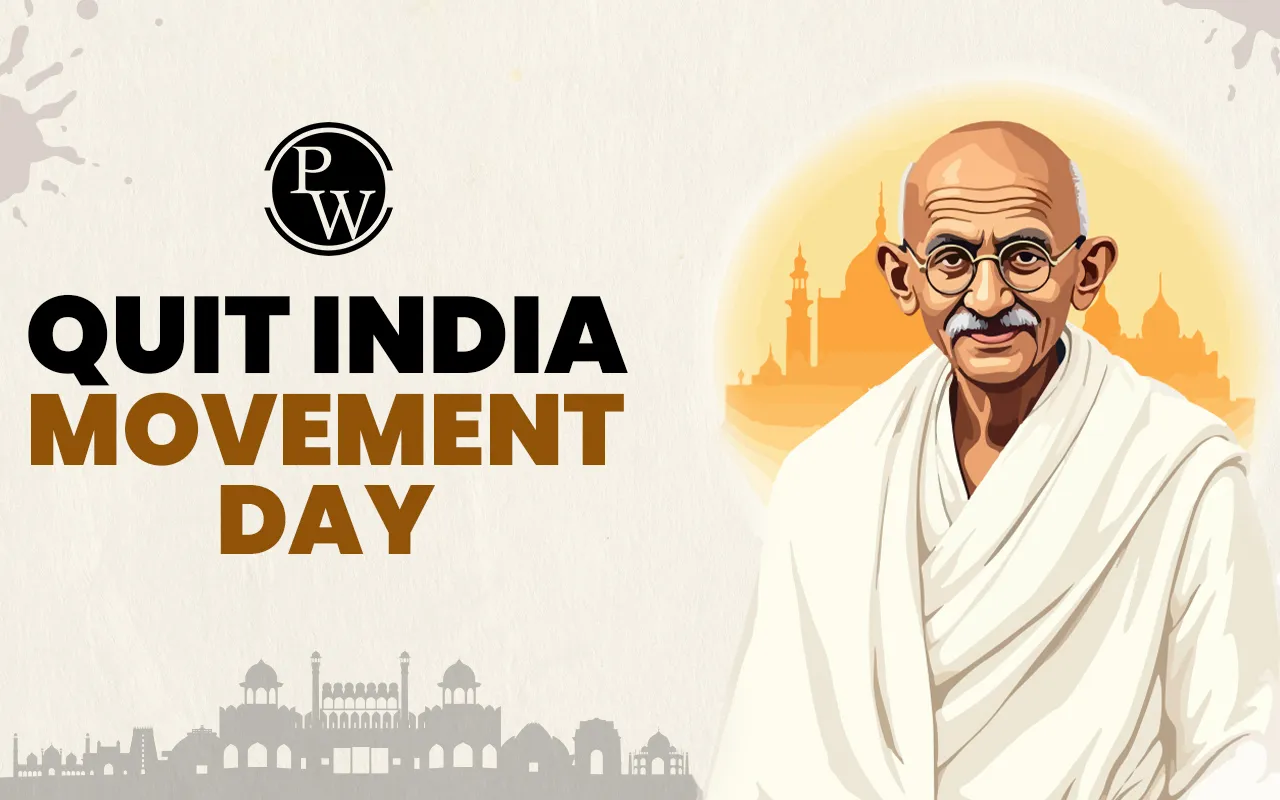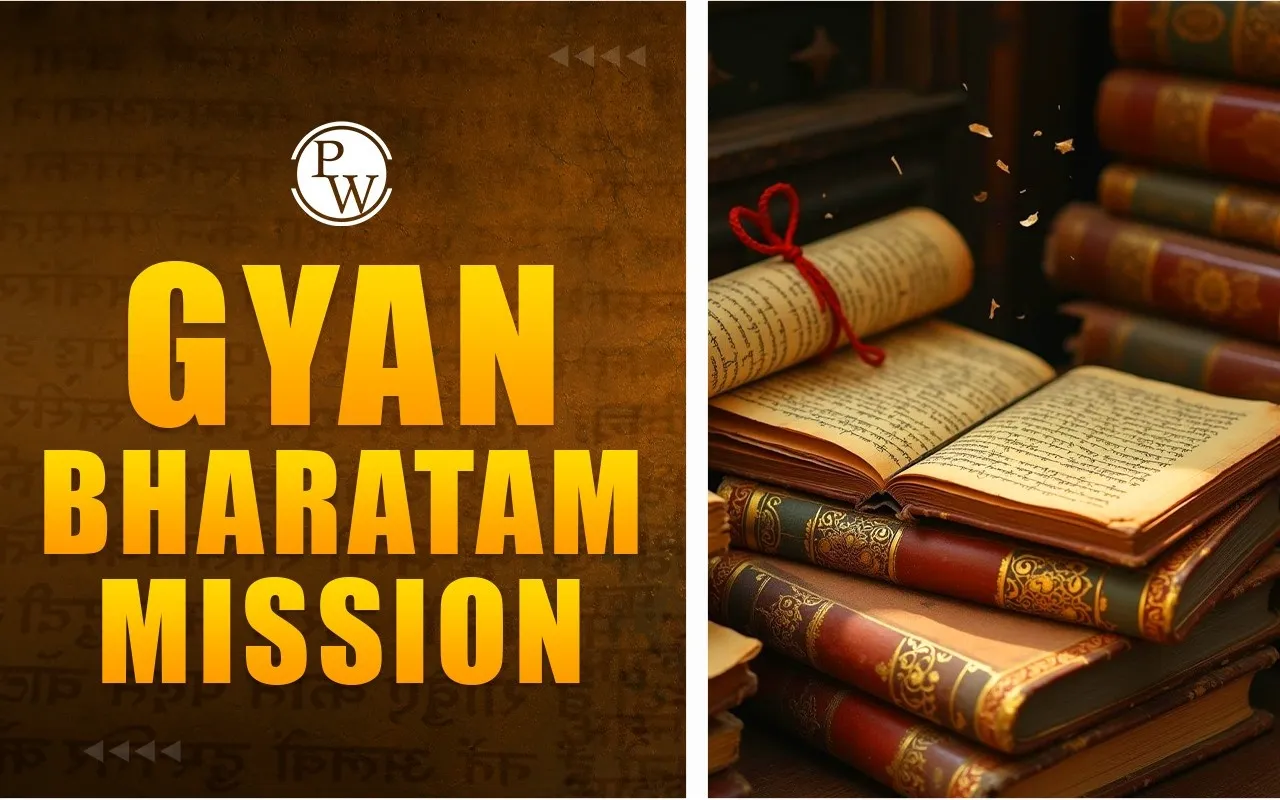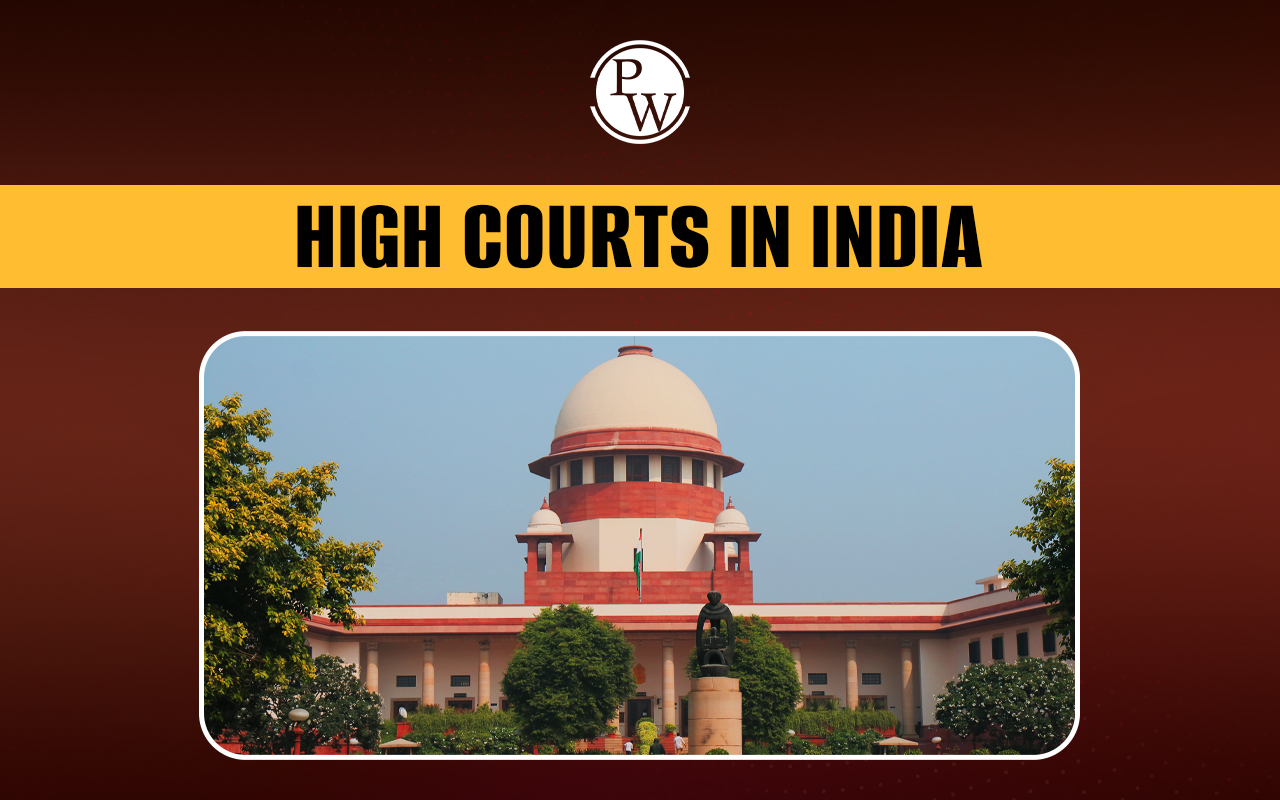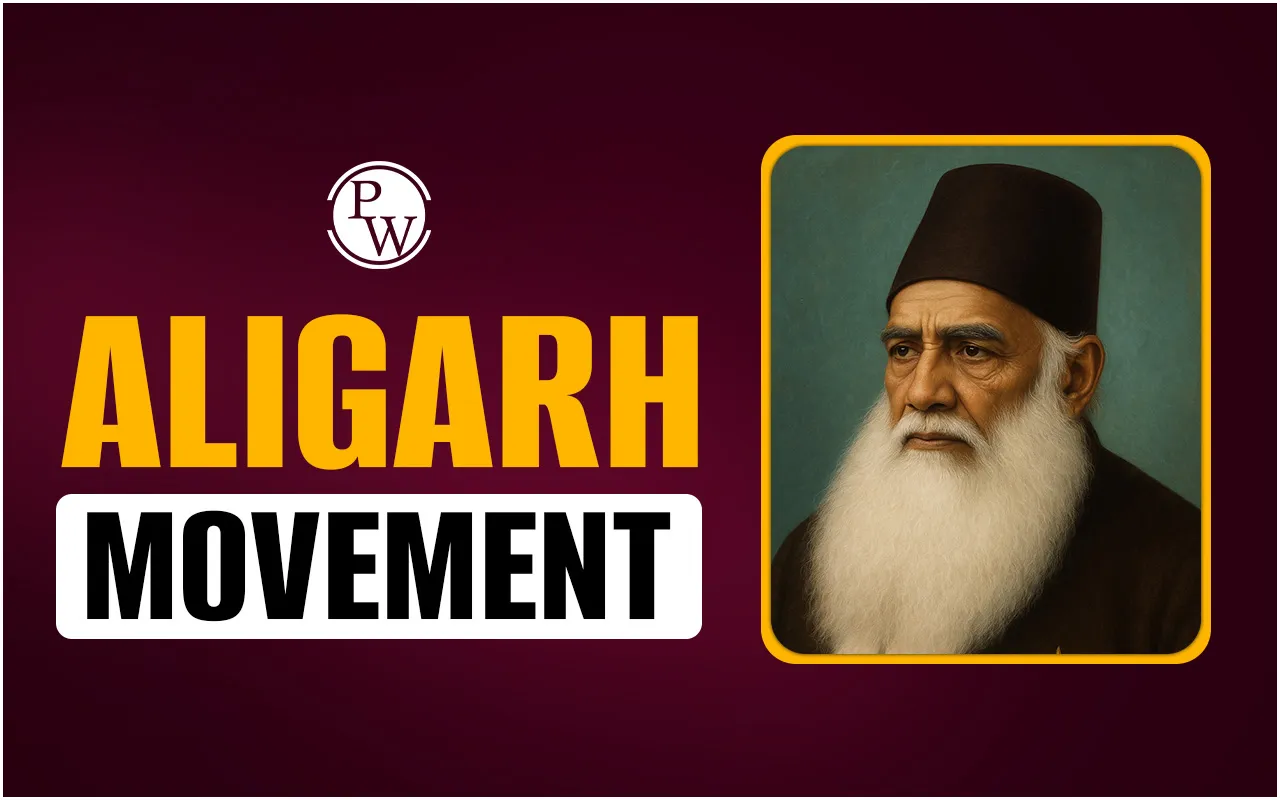
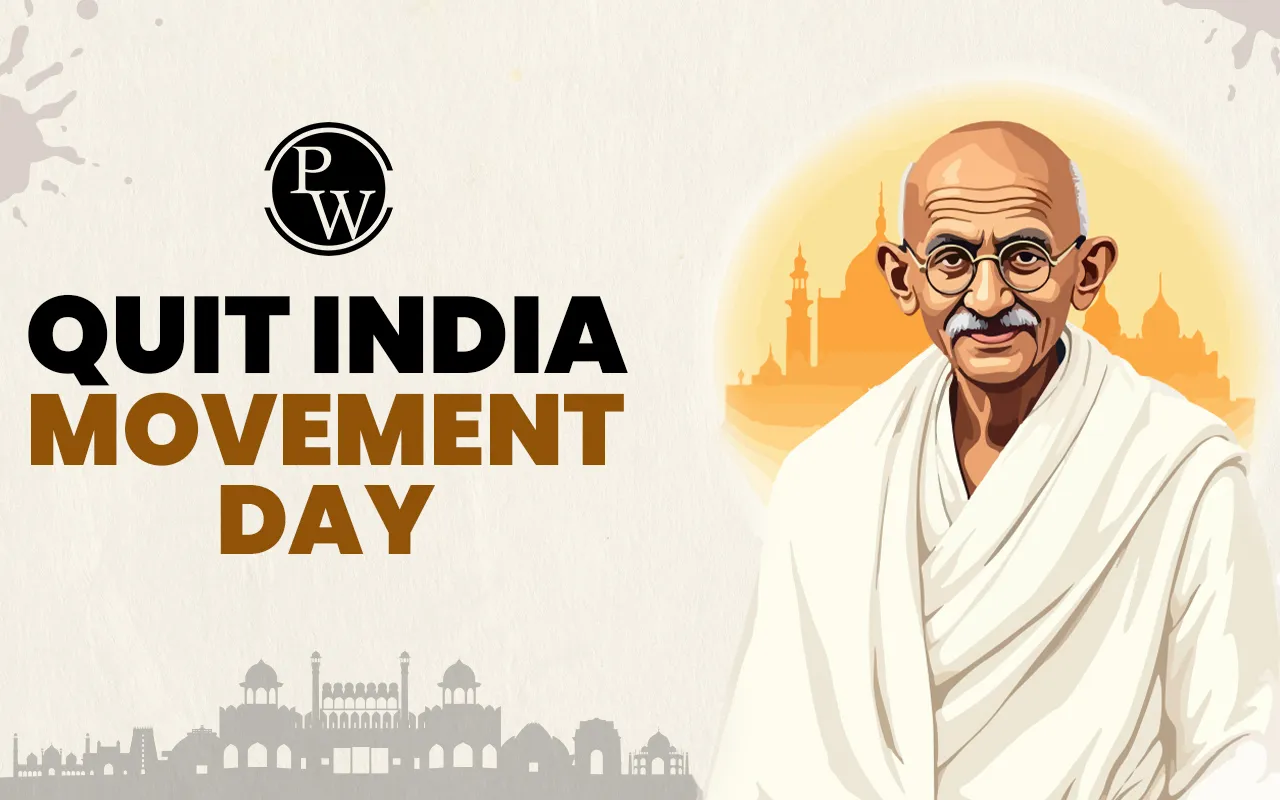
Quit India Movement Day is observed in India to commemorate the launch of the Quit India Movement on August 8, 1942, by the INC. The movement was started by Mahatma Gandhi at the AICC session in Bombay, which marked the start of a nationwide civil disobedience campaign to overthrow the foreign rule in India.
The movement took place during World War II, which increased tensions between British rulers and the Indian leaders and mobilized the common masses from across the country.
Quit India Movement Day 2025
Quit India Movement Day is a reminder to the courage and sacrifices of freedom fighters. It reminds citizens of the power of mass resistance and unity in achieving national goals. Although the British police brutally suppressed the movement, it marked the last large-scale struggle before independence, becoming a symbolic turning point in the India’s struggle for independence.
Importance of Quit India Movement Day
Quit India Movement Day is commemorated annually on 8th August to honor the courage of freedom fighter in their fight for freedom. It highlights the sacrifices made by several individuals and reinforces the values of patriotism, self-determination, and collective action. The day fosters a sense of nationalist sentiment among citizens.
-
This day highlights the values of non-violent protest and civil disobedience as tools for political freedom.
-
Quit India Movement Day played a major role in educating younger generations about the history of Indian democracy and the freedom movement.
-
Government and civil society in commemaoration of this day often organize events, discussions, and tributes that reinforce the spirit of independence and self-reliance.
Significance of Quit India Movement
The Quit India Movement was a decisive point during India’s struggle for independence. The movement initiated by Mahatma Gandhi with the slogan, ‘Do or Die’, demanded complete independence from British rule. It represented the growing resentment of Indians with the colonial particularly their actions during World War II. The significance of the Quit India Movement can be summarized as follows:
-
The movement presented the final demand for complete independence, where the earlier movements were only for getting dominion status.
-
The slogan “Do or Die” given by Mahatma Gandhi, was the mantra of the movement, which represented the uncompromising demand for complete independence.
-
Grassroots activism flourished during the movement as the majority of the top Indian leaders were arrested. It demonstrates the depth of nationalist sentiment.
-
The movement witnessed large participation of students, women, and workers, which became the backbone of the movement.
-
The British response to this movement was mass arrests, press censorship, and brutal repression. The movement drew international attention to India’s condition during WWII and damaged Britain's standing as a proponent of democracy.
Legacy of Quit India Movement
The legacy of the Quit India Movement continued to inspire the Indians until they achieved independence in 1947 and beyond. The movement showcased the strength of the common masses in the absence of any leaders against colonial oppression.
-
The movement demonstrated India’s quest for full independence, and damaged the reputation of colonial rule both domestically and internationally.
-
It was the last big movement before India achieved independence in 1947, representing a symbolic turning point in India’s struggle for independence.
-
The widespread participation of common masses resulted in the emergence of mass political consciousness, important for democratic development.
-
It inspired future generations to take up non-violent resistance and democratic activism for different social and political causes. The leadership and sacrifices made during this movement have been etched in our memory, literature, and education.
Get ready for the UPSC 2025 exam, Explore PW UPSC Courses!
| UPSC Related Articles | ||
| UPSC Prelims Previous Year Questions Paper | NCERT for UPSC Exam 2025 | UPSC Admit Card |
| UPSC Exam Pattern | UPSC Prelims Syllabus | UPSC Result |
Quit India Movement Day FAQs
What is Quit India Movement Day?
When was Quit India Movement launched?
What is the significance of Quit India Movement?
How is the Quit India Movement Day celebrated?

UPSC Coaching
